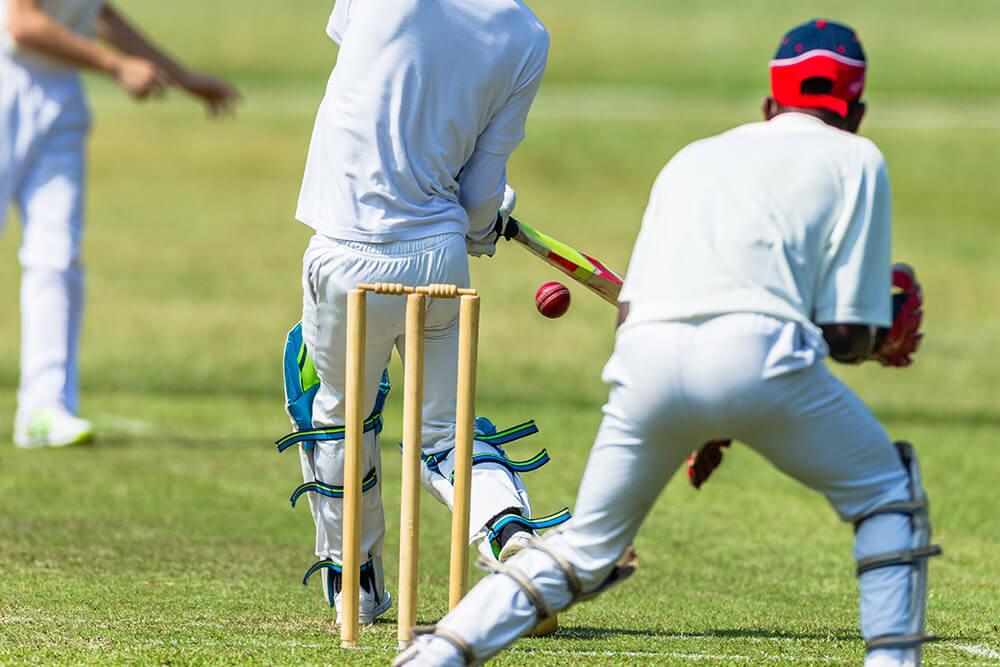Fielding restrictions have existed in cricket since the 1996 World Cup. The ICC introduced the term “powerplay” only in 2005. The rationale for fielding restrictions was based on motivating batsmen to score more runs. It can be noticed that ODI batting teams have been making more runs on average since 1996 than in the period before that year. Before 1996, a score of 300 was regarded as very difficult, if not impossible, to chase. These days, even a score of 350 is not considered safe.
Contents
New Powerplay Rules in ODI Cricket
Before we take a look at the new powerplay rules in ODIs, let’s pay attention to how the powerplay rules have evolved since their introduction in 2005.
Contents
In 2005, the ICC introduced three sets of fielding restrictions during ODI games. Between overs 1-10, known as the mandatory powerplay, only two fielders could be stationed beyond the thirty-yard circle. Two more powerplays of five overs each could be chosen by the bowling side, during which three fielders could remain outside the circle. During the non-powerplay overs, five fielders could be stationed outside the circle.
In 2008, the ICC made one of the two powerplays, other than the mandatory powerplay, a batting powerplay with the additional condition that both bowling and batting powerplays must be taken between the 11th and 40th overs. All other aspects, including fielding restrictions, remained the same.
In 2011, the ICC added an additional condition that neither the batting nor the bowling powerplay could be taken between overs 11 to 15, with only two fielders allowed beyond the thirty-yard circle.
In 2012, the ICC further tweaked the rules by getting rid of the bowling powerplay altogether and reducing the number of fielders allowed outside the circle to four.
The new powerplay rules became effective in October 2015, in which the batting powerplay was done away with. From then on, there would be only one powerplay between overs 1 and 10. From overs 11 to 40, four fielders would be allowed outside the circle. From overs 41 to 50, five fielders would be allowed outside the circle.
ThThe Effects of Batting Powerplay
e batting powerplay was introduced in 2008 to give the batting team a choice as to when they wanted one of the two powerplays other than the mandatory powerplay between overs one and 10. Earlier, the bowling team monopolised the decision as to when the powerplays would be taken. Naturally, the purpose of motivating the batting team to try and score more runs was negated by not giving them a say in the matter of when the fielding restrictions would come into play. Therefore, the ICC’s decision to introduce the batting powerplay was understandable as they must have found that the higher average scores anticipated after 2005 did not happen.
However, the rule change in 2008, while providing batting sides with a reason to be more aggressive, also introduced more uncertainty into the game. The ICC was in effect asking batting sides to gamble on batting more aggressively during the powerplay overs. As a flip side though, batting teams faced an increased possibility of losing more wickets during the powerplay overs.
The actual effects of the tweak in powerplay rules effected in 2008 must have been less than optimal, taking into consideration the fact that the ICC felt the compulsion to change the powerplay rules again in 2011, within a short span of three years. The most prominent aspect of change in the powerplay rules effected in 2011 was that the powerplays had to be completed by the 40th over of the innings. Consider that the later a batting team takes the powerplay, the lower the possibility of having its strongest batsmen at the crease. So, by ensuring that the powerplay could not take place later than the 40th over, the ICC sought to increase the average number of runs scored.
The nature of the powerplay rule as it existed in 2011 mandated that if neither team decided to take the powerplay, one powerplay would stand forfeited and the other would take place between overs 36-40. The change in rules suggests that the batting team must have frequently chosen the powerplay in final overs. It was never in the fielding side’s interest to opt to restrict the number of fielders outside the thirty-yard circle. So, it was quite possible that they would also have delayed the powerplay decision often. The fact that the ICC has chosen to have only one batting powerplay since 2012 points in that direction.

